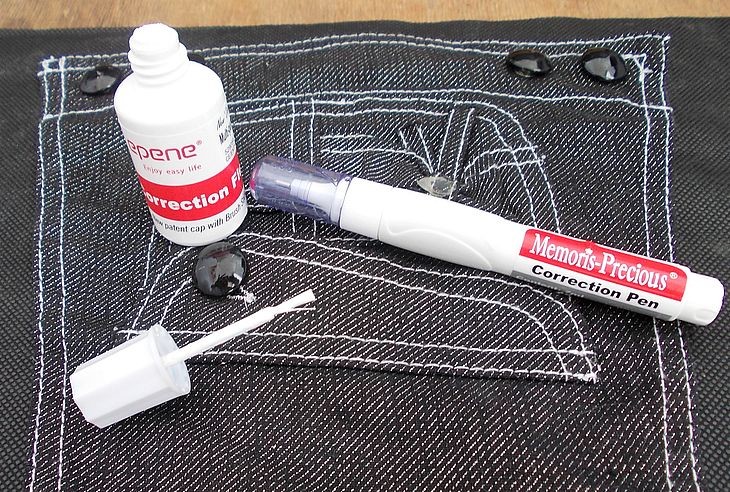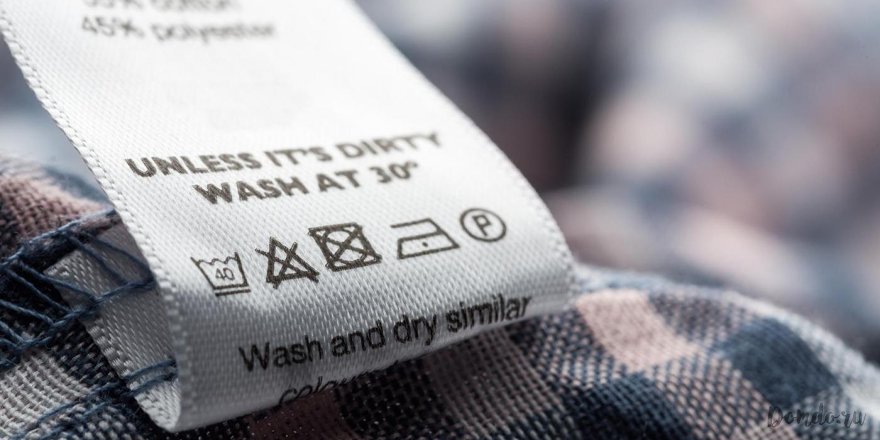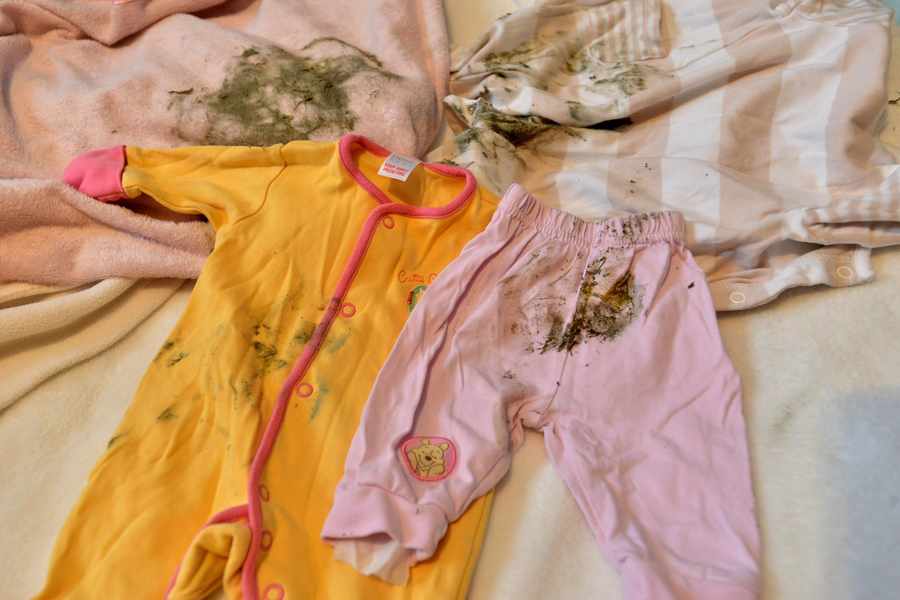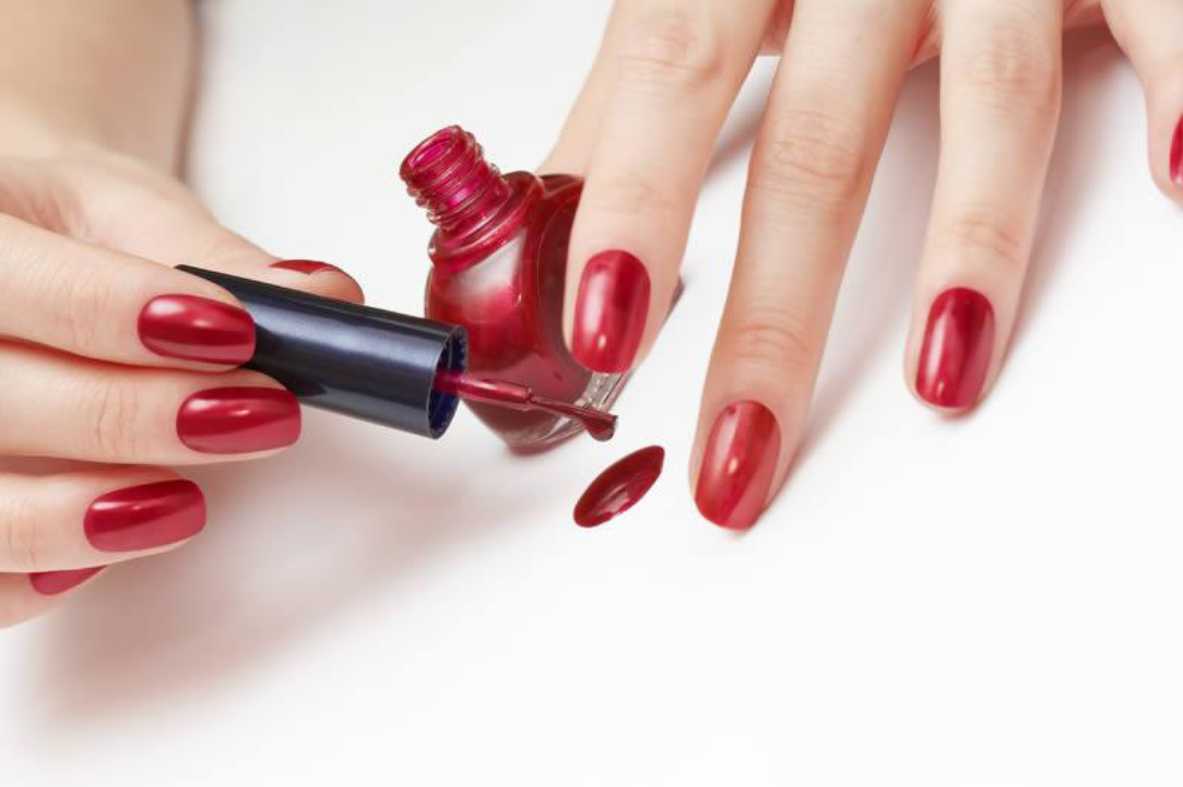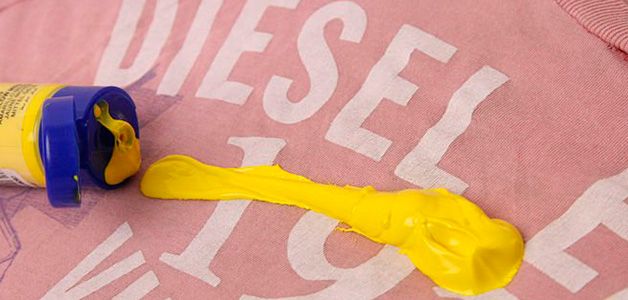Artificial and synthetic fabrics have firmly established themselves in our wardrobe. Things made from these fabrics are practical and are sold at affordable prices. And everything would be great if it were not for the appearance of static electricity when wearing such things. If you use an antistatic for clothes, then wearing synthetic clothes will be much more comfortable.
What is it for?
Many fabrics are made entirely or partially from synthetic fibers. Clothes that stick to the body, or things that look sloppy because of the lint stuck to them are problems that everyone has encountered at least once. The reason for this is the long-term retention of static electric charges on the surface of the fabric, which arise from friction.
Natural fabrics have many advantages, but it is still impossible to completely abandon synthetics. Tights and lining are almost always made of synthetic fibers. Clothes treated with special antistatic agents stop becoming electrified and do not stick to your hands.
Types and their properties
Antistatic sprays, thanks to their special chemical composition, effectively eliminate static electricity. Consumers are offered a choice of different types of antistatics to forget about crackling, sparks and unpleasant static shocks once and for all.
Special sprays
Such products are available in aerosol cans. Consumers are offered solutions based on ethyl alcohol and water.
A mixture with ethyl alcohol effectively and permanently removes static electricity from clothes and other surfaces (plastics, polymers). Suitable for treating curtains and carpets. Antistatic helps to get rid of the "sticking" of clothes, which is not only annoying, but can also create an awkward situation. Composition of the mixture: isobutane, ethyl alcohol, propane, perfume compositions, odor absorbents. As a rule, they are produced in aerosol cans with a volume of 200 ml. When treating things, such sprays also work as fabric softeners and fragrances. The best of the common brands of antistatic: "Lira", "Lana".
The main advantage is that ethyl alcohol evaporates instantly. But the specific unpleasant smell remains for some time. In sensitive people, the spray may cause an allergic reaction, so it is advisable to use ethyl antistatic agents in ventilated areas. The best place is outdoors. A small room after processing clothes should be well ventilated. You can put on clothes a couple of hours after processing. Antistatic properties remain on clothes for at least a day and a half. The exact time depends on the manufacturer.
Water-based compositions are also convenient to use. They are practically harmless to health, although the possibility of allergies cannot be completely ruled out. The mixtures consist of silicone, demineralized water, special additives, preservatives. They do not contain toxic components, are safe for humans and do not destroy fabrics. An excellent choice is odorless compositions. Because buyers do not always like the aroma of the spray. In addition, a strong smell can interrupt a light perfume.
The antistatic effect does not last long. Therefore, it is advisable to use the antistatic agent daily or even several times a day. Available in plastic bottles with convenient sprayers. Capacity 200-500 ml. Well-known brands: Cotico, Antistatic, Faberlic, Bagi.
Using sprays is quite simple:
- the aerosol is applied to the inside of the garment. The can is held at a distance of 20-25 cm from the surface of the garment. For maximum effect, the garment is treated with the spray in the evening and left to dry on hangers until the morning. Some manufacturers recommend spraying the antistatic agent on the inside and outside of the garment and ironing it. This makes the fabrics especially soft and pleasant to the touch;
- Don't be too zealous - the substances may leave stains on clothes. Therefore, a "light cloud" is the ideal option for spraying the product.
Antistatic for clothes is not applied simultaneously to a skirt/dress and tights/underwear. Otherwise, the opposite effect may occur. Sprays work best on fabrics that contain capron, lavsan, nylon. Hair, dust, and various fibers “stick” especially strongly to such materials.
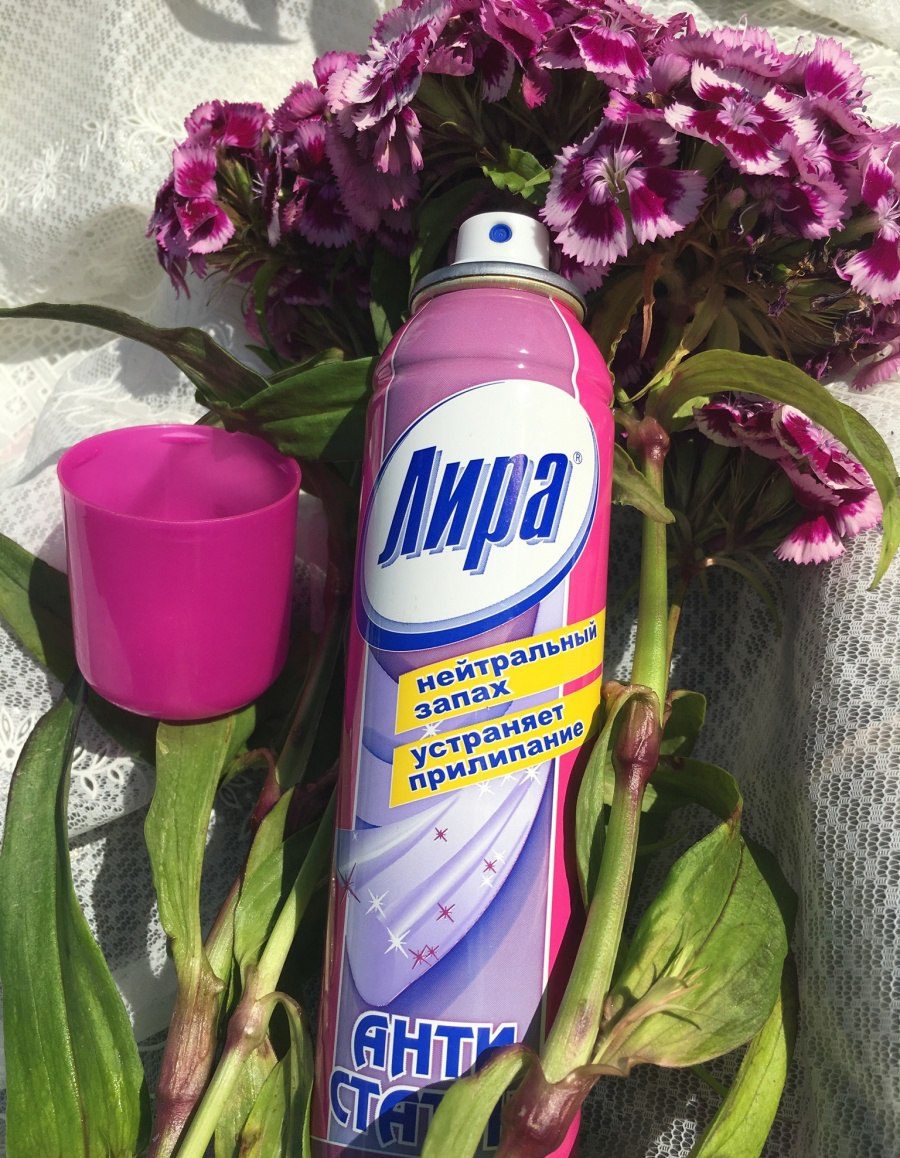
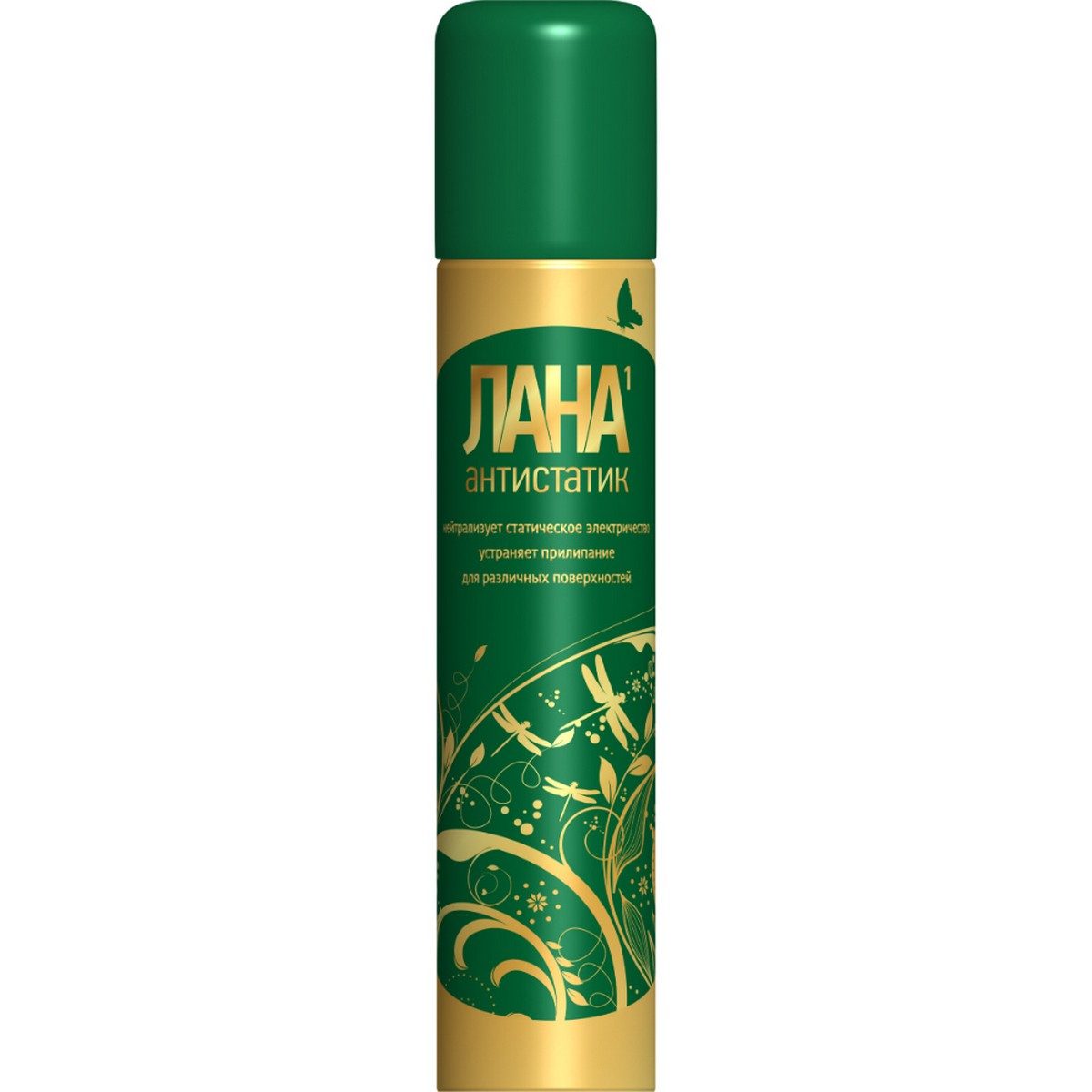
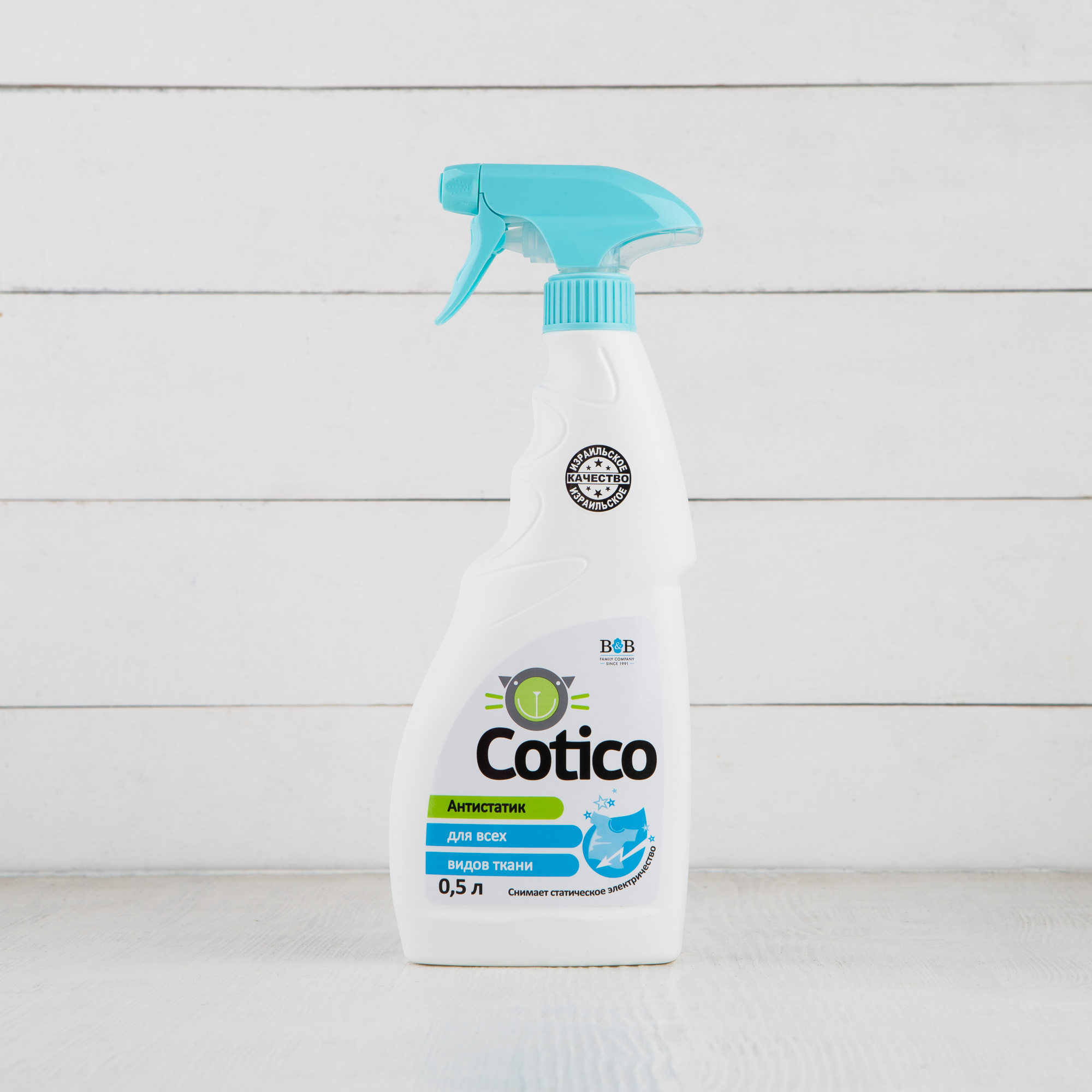
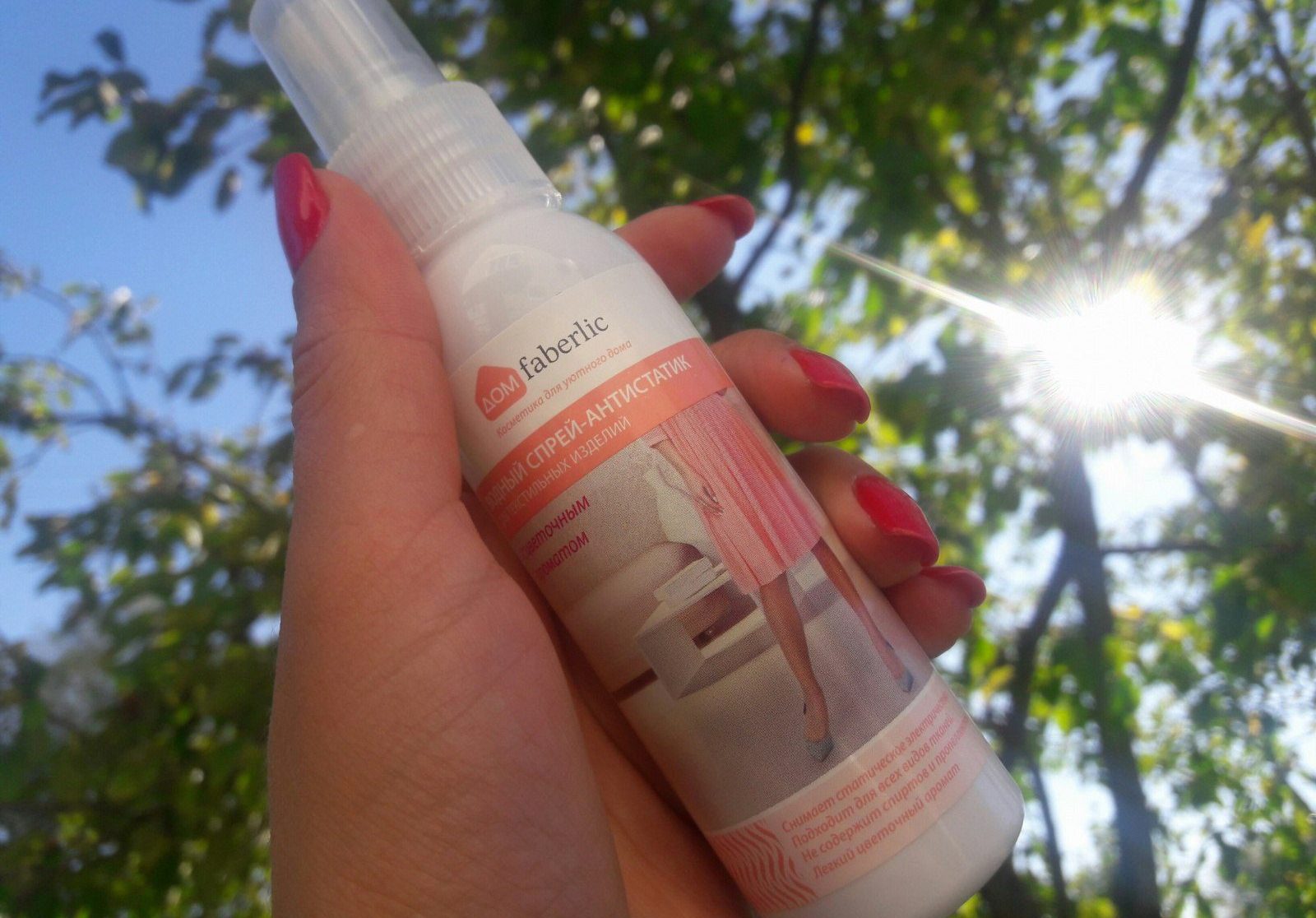

Antistatic conditioners
A couple of decades ago, there was no strict need for fabric softeners. The basis of the wardrobe was clothes made of natural cotton fabrics. These materials do not electrify as much as mixed or artificial ones. In winter, when the air is dry, the static electricity of clothes is especially problematic, because you have to wear a lot of things that rub against each other tightly. In winter, it is better to replace the antistatic spray with another product. When rinsing acrylic sweaters, semi-woolen skirts/dresses, you simply cannot do without the most common gel conditioner. Its popularity is also explained by other advantages: clothes become softer, easier to iron, things acquire a light aroma and retain their color well.
Under the influence of surfactants, an invisible thin film is created on the fibers, along the surface of which electric charges literally "flow". The efficiency of the air conditioner depends on the level of humidity in the room. With very dry air, the antistatic effect decreases, although it manifests itself more than when washing without rinse aid.
When washing clothes automatically, the gel is immediately poured into a special compartment. If things are washed by hand, the conditioner is added to the water at the rinsing stage. It is enough to hold the things in the solution for 5-10 minutes and wring them out. It is important to adhere to the dosage recommended by the manufacturers. Popular brands of conditioners with an antistatic effect: Lenor, “Ushasty Nyan” (for children's clothing). Synergetic conditioner deserves special attention - a safe environmentally friendly product created on the basis of plant components.


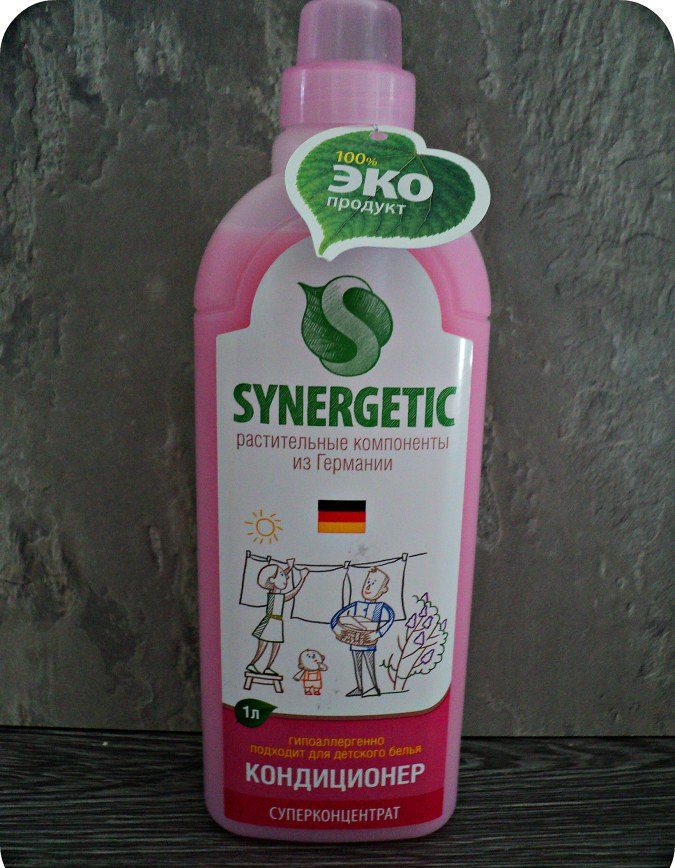
Paste cream
The product is used when rinsing clothes after washing. In the instructions, manufacturers describe how to dissolve it correctly. Common proportions are a teaspoon per liter of water. Works great on very thin fabrics: nylon, lavsan, capron.
What can be used instead?
A ready-made antistatic is an excellent solution to the problem of electrified fabrics. But it happens that at a crucial moment there is no spray at hand. What to do if there is no antistatic? It is easy to prepare it yourself if you use improvised means. Moreover, in this case the mixtures will be more natural and very effective.
Below are the most accessible and simple ways to combat static electricity on clothes, since substances are added to the water at the rinsing stage:
- vinegar solution is excellent at reducing the ability of fabric to accumulate static charge. At the same time, soap residues are rinsed out. If vinegar is mixed with baking soda (proportion 6:1), the textile will become softer;
- It is easy to prepare an antistatic agent for clothes at home (with a softer effect) based on a commercial rinse aid. Take hair conditioner, vinegar, and regular water (in a ratio of 2:3:6) and mix thoroughly. To obtain a high-quality result, it is enough to pour half a glass of the mixture into the rinse water;
- table salt works no worse than expensive sprays. A few tablespoons are added to the water when rinsing;
- Citric acid is also a good natural antistatic. When rinsing things, it is necessary to dissolve 2.5 tbsp. acid in 10 liters of water.

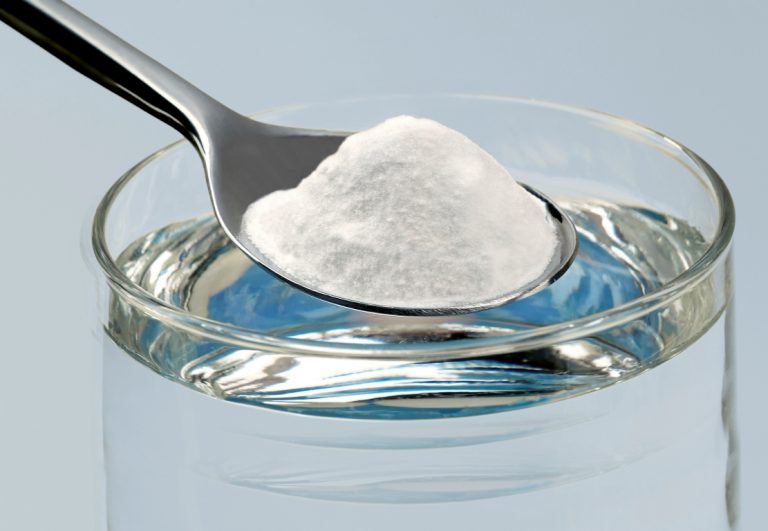

Branded fabric softener
This is a great base for making a homemade water-based scented antistatic spray. Carefully dilute 1-1.5 tablespoons of rinse aid in a glass of water. Pour the solution into a plastic spray bottle. The resulting composition can be used immediately - spray on clothes from a distance of 20-25 cm. It is advisable to choose a spray bottle that creates a fine spray of liquid, otherwise stains may appear on the clothes.
Dry soap
It is very convenient to use instead of antistatic. Dry soap can replace homemade solutions or store-bought sprays. Before using a bar of soap, its effect is tested on the inside of the clothes. Since it can leave an unsightly mark on the textile in the form of a white spot. If the soap does not show up on the outside, then the clothes can be safely rubbed with a dry bar. If you do not want to take risks, then use the product only for thick fabrics. It is recommended to carry out the procedure on a flat surface - carefully lay out the items so that there are no folds, and treat them with soap. The antistatic effect lasts for about a day.
Hairspray
What can replace antistatic for clothes in unusual conditions, for example, in the office? Nail polish is in every fashionista's cosmetic bag. To get rid of static electricity, just lightly spray the inside of the clothes. It is better to use regular nail polish - without glitter and dyes.
Hair conditioner
To create a homemade antistatic spray, dilute a tablespoon of the cosmetic product in 100 ml of water. Pour the solution into a spray bottle, shake well and spray it on the inside of the clothes.
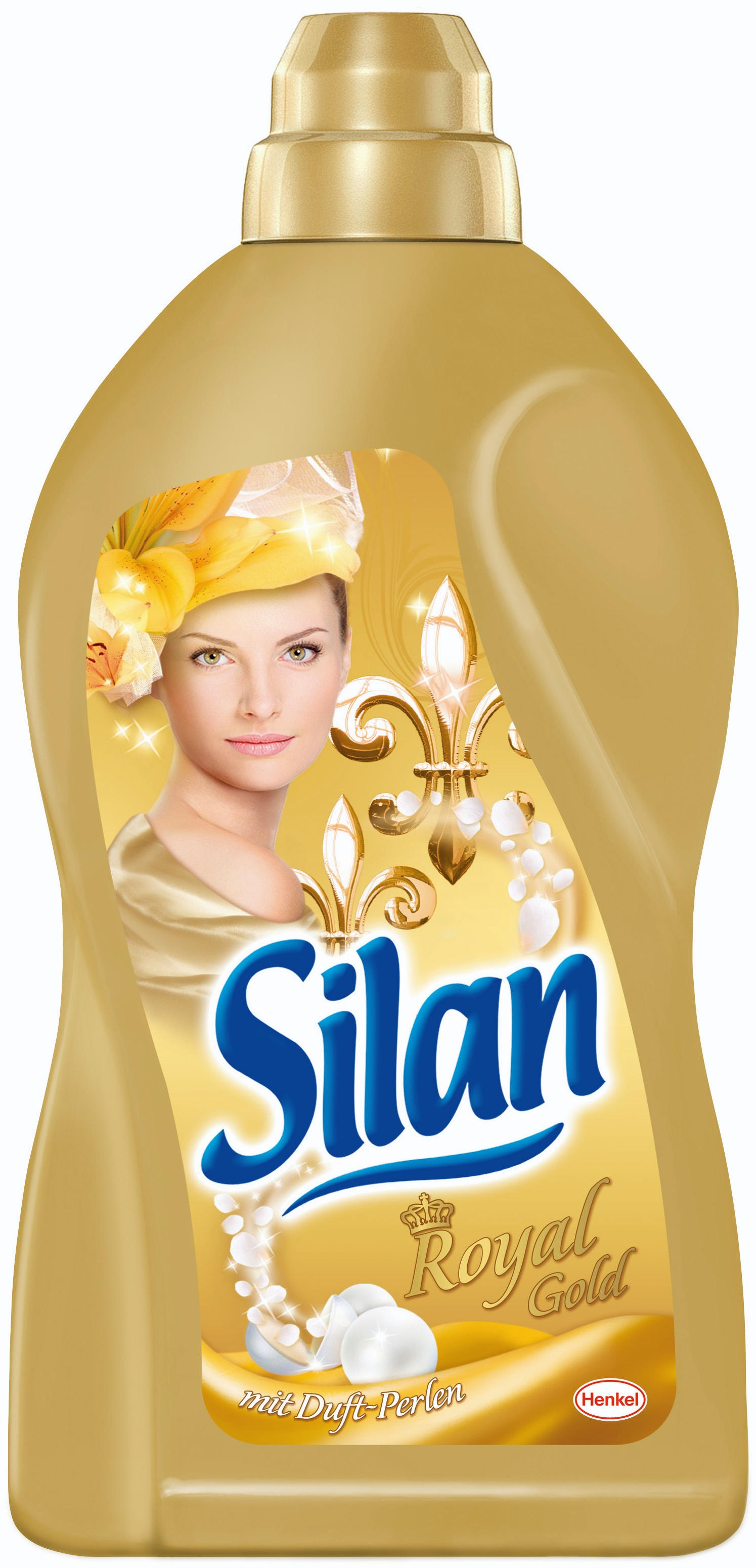

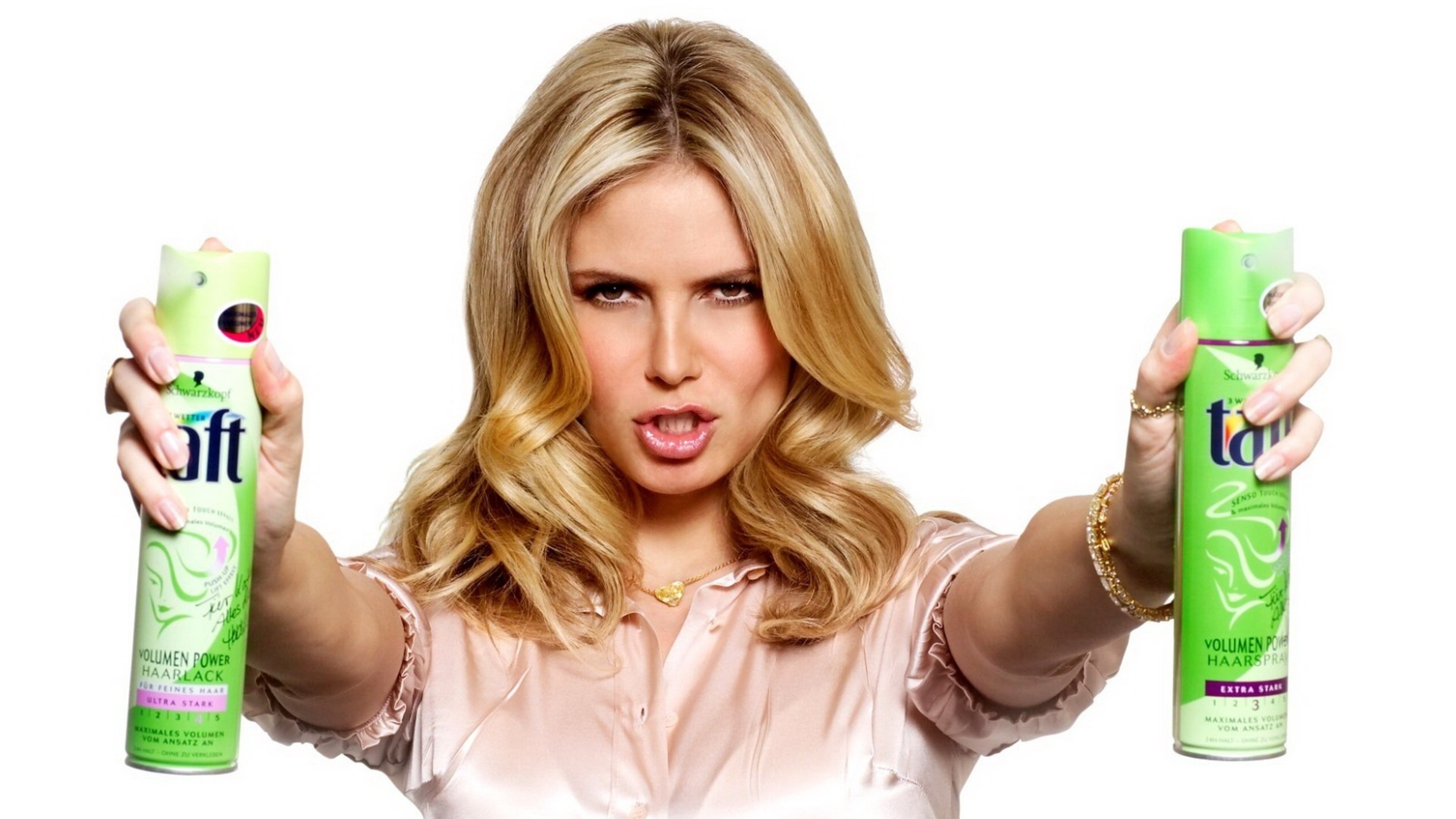
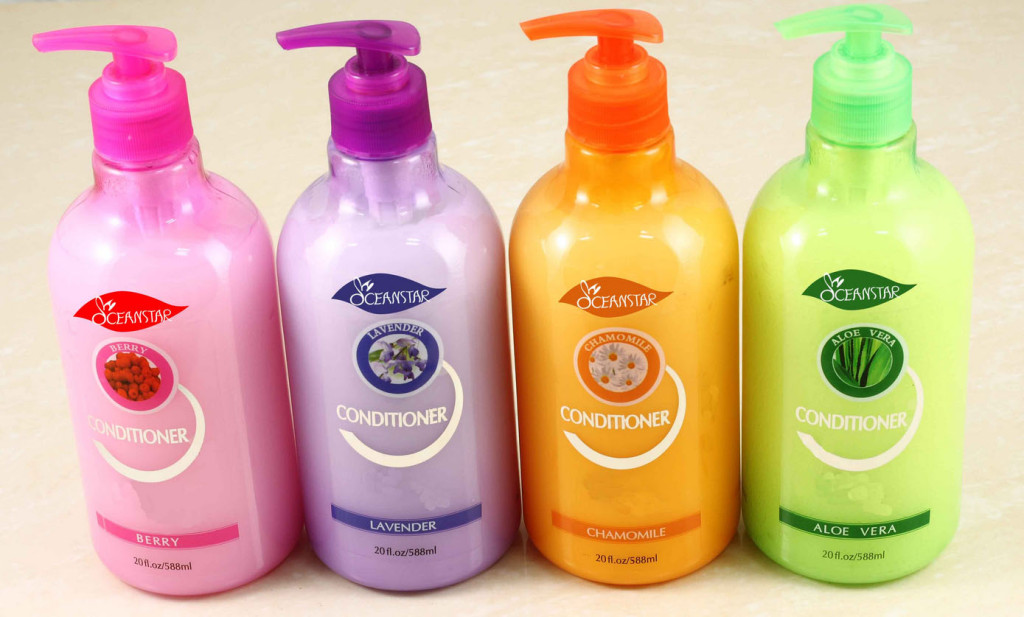
The magnetization effect is not limited to things. Many women are familiar with the problem of dry hair that cannot be styled and is attracted to clothes. This is especially true in the cold season, when hats made of synthetic materials are often worn.
To avoid constantly spraying your clothes, it is better to take care of your hair. Pour water into a small spray bottle and drip a few drops of aromatic oil. You can choose any oil. Citrus oils, bergamot, and rose have an interesting and fresh smell. The solution should be shaken vigorously in the spray bottle each time and sprayed on your hair several times a day. To prevent your hair from falling apart and getting too wet, it is enough to press the pump a couple of times lightly at a height of about 20-25 cm above your head. An acceptable option when combing straight, loose hair is to spray the comb from the spray bottle.
Many experts recommend solving the problem of electrified things radically - giving up synthetics in favor of linen, cotton, silk. However, it is difficult to create an interesting wardrobe only from natural fabrics. It is better to use water-based antistatic sprays or folk remedies. And do not give up the pleasure of frequently changing your wardrobe and buying fashionable clothes made of synthetics.
Video


